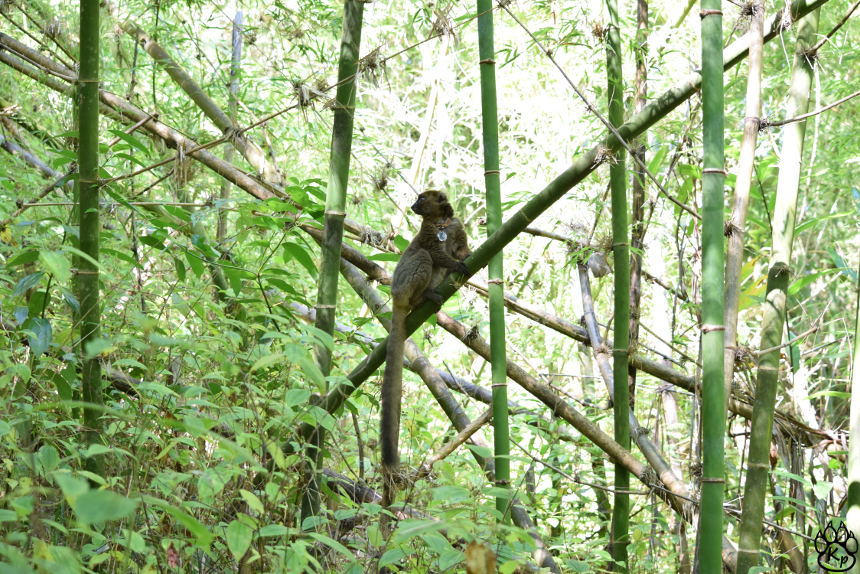
A little while ago I talked about the work we do here with Prolemur simus. But that is how work is when it’s a good day, the sun is out, it’s warm and we can find our lemur groups. As anyone ever working in the field knows, most of the time things don’t go as planned!
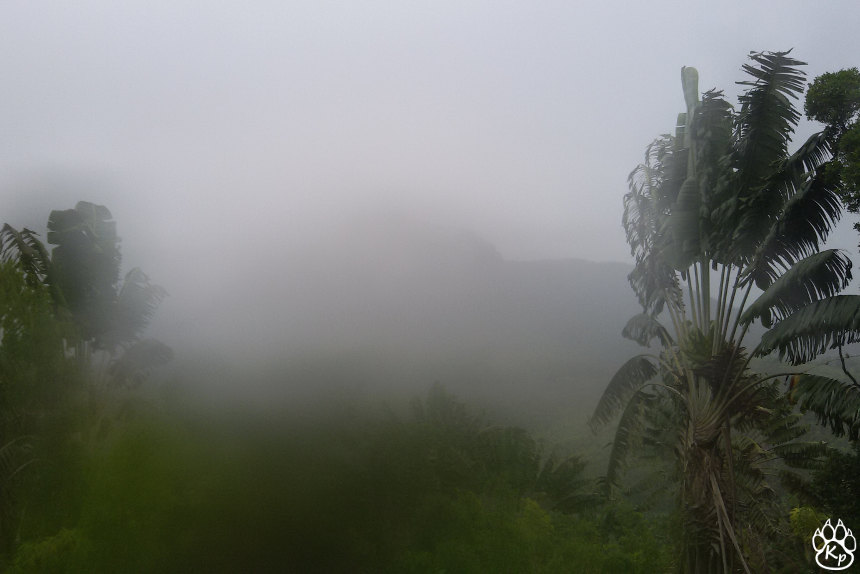
When me and Emma first got here, we had a lot of problems to deal with. First of all, most of the ATS collars had run out of batteries! Due to the size of the animals, the collars have to be small and light, which means less powerful batteries that last only around 6 months. To re-collar the animals you need a specialised darting team, which means one must be hired, the trip organised, and the materials bought, all of which requires both time and money.
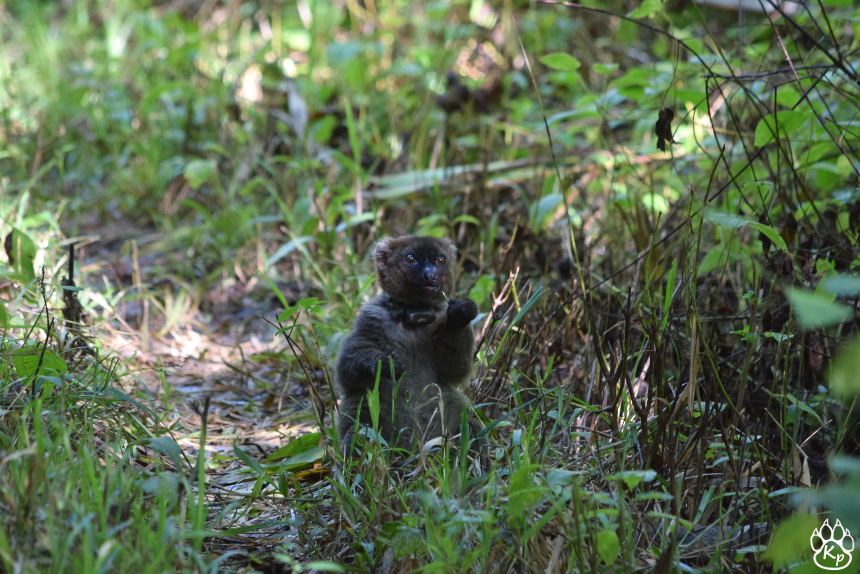
At the beginning of our stay we were able to track only one group and one sub-group through ATS collars. So instead of walking in Sangasanga and going straight where the antenna and ATS pointed us, we had to walk around the forest, trying to guess where the lemurs could be from where they where last spotted and from where they usually hang out. This works well for the groups that have a very stable and restricted territory, like in our case the West group, but most groups like to move around a lot and we had days when we were unable to find them even after 4 hours of walking up and down the mountain.
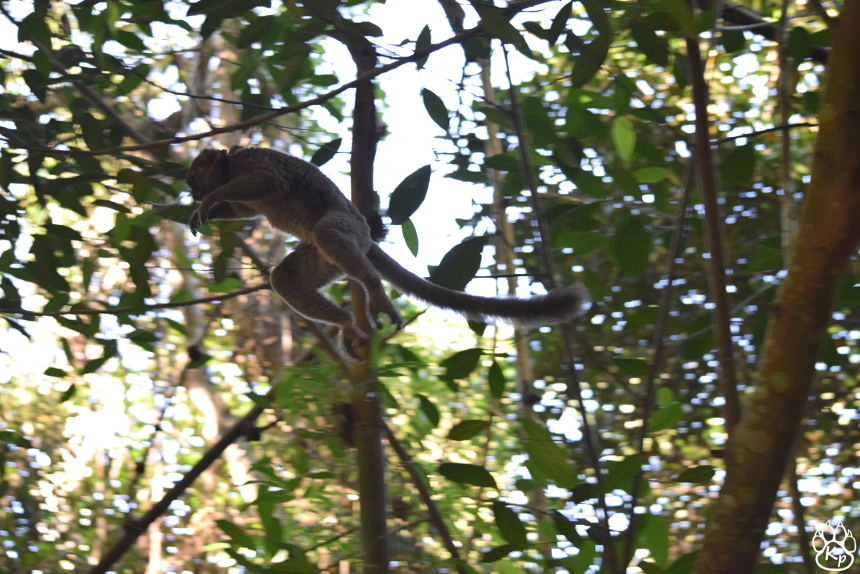
Another significant problem, especially when added to the lack of radio collars, is the weather. While when the sun is out and the temperature is warm the lemurs start being active quite early, if it’s raining or cold it’s a completely different story. They find a branch, ball up, curl their tail around them, and become almost impossible to distinguish from a branch even if you are looking straight at them! Given our period here coincides with the ending of the rainy season and the beginning of the cold season, we spend a large amount of time walking up and down in the beautiful forest of Madagascar, often under the rain, with our noses pointed upwards to try and guess if a brown sphere up in a tree was a wasp nest or a balled up lemur. If we manage to find them during these kind of days, the behavioural follows are quite easy: mostly resting and not moving around much.
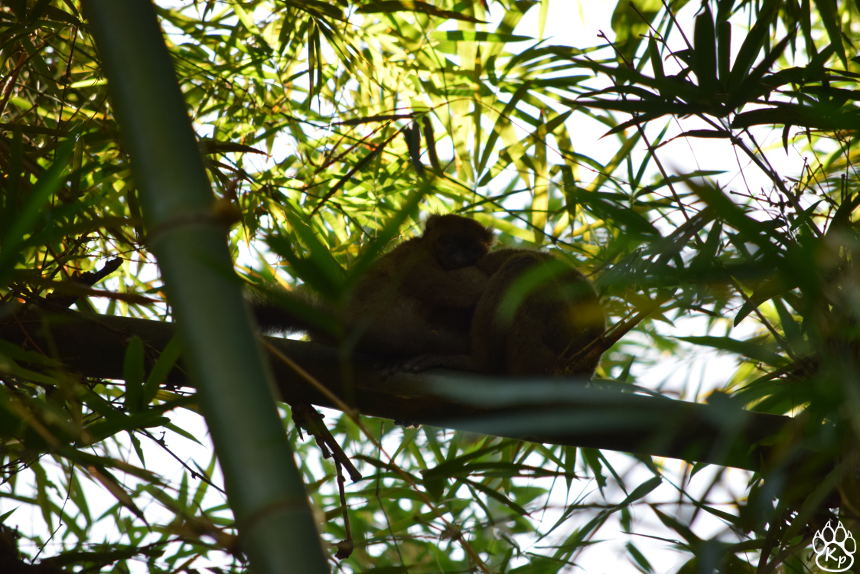
On the other hand, on warm sunny days, the lemurs are usually more active, and we have to run after them in order to always have visual at the 5 minutes sampling time. And while they can just jump from branch to branch up in the trees and bamboos, we terrestrial animals have to create our own paths through thick vegetation, getting scratched by thorns and blade grass, getting tangled into vines (that steal water bottles by the way, one of the first days I was happily hopping along when I hear a jingling sound, I turn around and my water bottle is hanging from a branch a couple of feet from me, swaying at arm height!), jumping across streams and over logs and sliding down in the mud that never quite manages to dry out in the shadow of the tall trees.
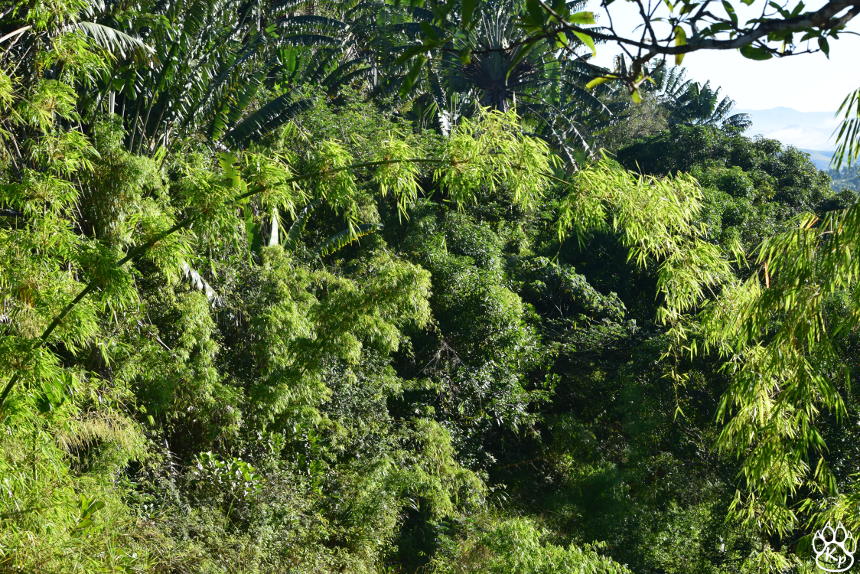
But every afternoon, no matter how scratched up by the vegetation, how many rashes and bug bites, how soaking wet by the rain or how tired from walking up and down the mountain, we were always happy to have the opportunity to help this critically endangered species and live in this amazing country.
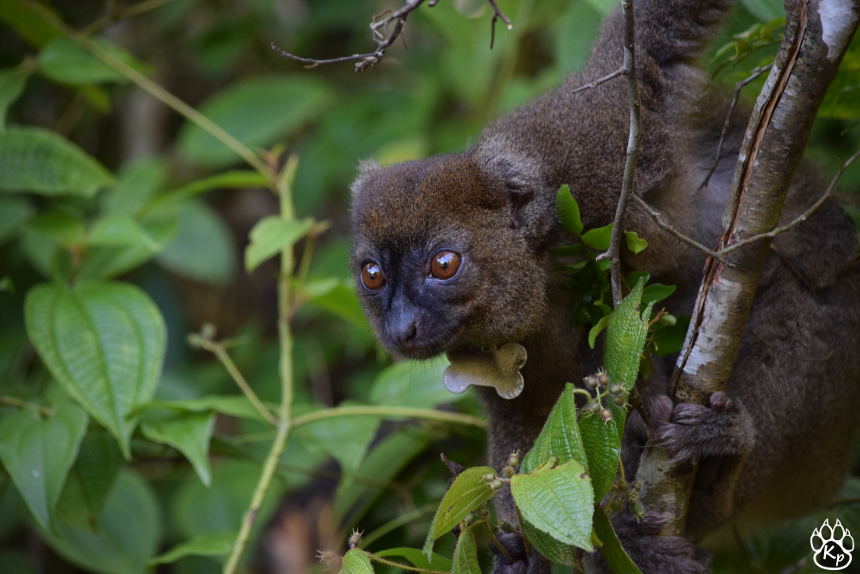
Okay I was perhaps hasty with my ‘dream come true’ comment…but then I remember my daughter saying to me when she was small ‘WIthout the dark you can’t see the stars’. The challenges, and overcoming them, are perhaps the most rewarding aspect…
I agree with your daughter, and having to deal with all these challenges also taugh us a lot on how to solve problems in the field relying mostly on ouselves, adjust our work to the reality of the place, and take responsibility of our choices in front of the researchers all the way in America. The challenges allow you to learn more.